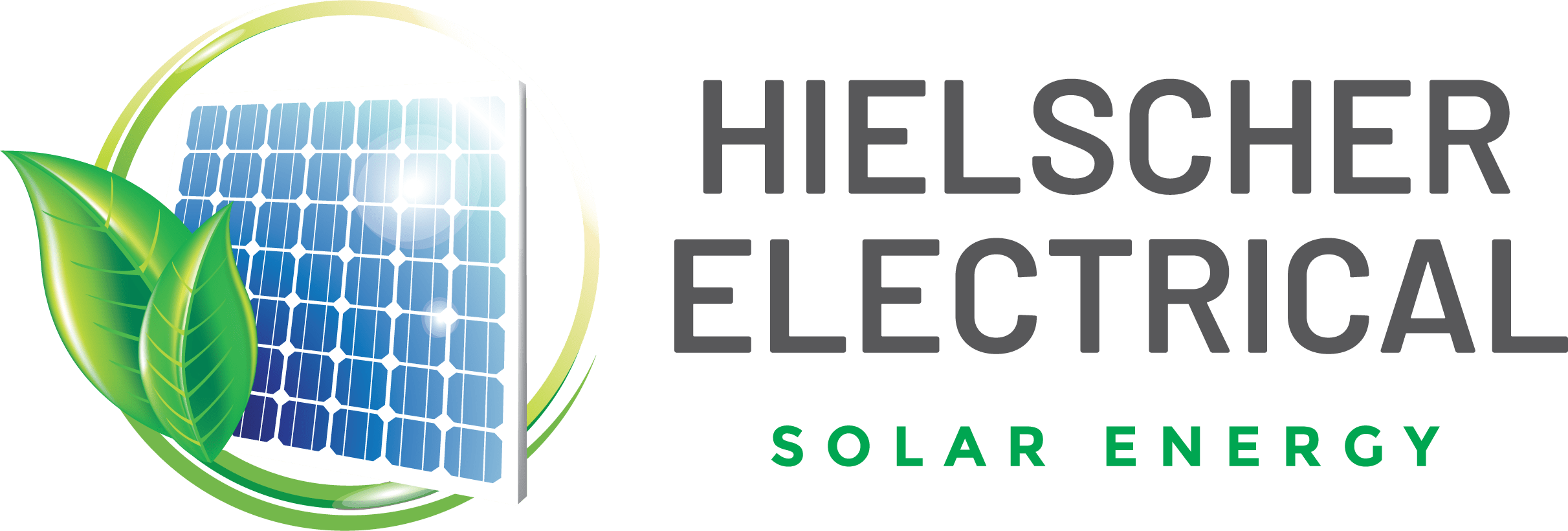A solar monitoring system is essential in helping you determine the performance of your solar PV system.
Just as the name suggests, the system provides useful information about energy production and usage, how to optimise your energy consumption as well as any damage to the solar system, among others.
As such, monitoring your solar setup is vital and without this routine you’ll not be able to determine whether your panels are performing at their optimal.
How a solar monitoring system works
A solar monitoring system operates in tandem with the solar inverter. In most cases, solar companies sell solar inverters that come accompanied by a patented monitoring software setup.
When the DC current is converted by the solar inverter to the AC current which is ideal for use at home, relevant information about energy levels and generation is gathered and transmitted to the cloud-based solar monitoring systems and their apps.
This allows homeowners to access the desired info through various ways including mobile applications and compatible smart home devices.
There are monitoring systems that also offer on-site monitoring options and then send the information from inverters straight to a monitoring system installed in your property.
The latest solar monitoring systems are innovative and hence can be formatted to feature cellular capabilities that enable the user to access with ease system data in the cloud via their mobile devices without having to connect to a WiFi network. This means that even when the internet connection is unavailable, users can still connect to their solar monitoring system.
Systems that come with inbuilt power optimises don’t require a wireless connection to disseminate data, hence monitoring continues even during moments of internet outages.
Based on the kind of interface installed, users can monitor their data even when their internet connection is down. However, this does not apply to monitoring systems for micro inverters which rely on a WiFi connection to perform in real-time when monitoring each solar panel. In this case, your monitoring capabilities will perform poorly when the internet is down.
Besides displaying power generation and usage data, solar monitoring systems provide several other tools to help the user to understand their solar power configurations. A monitoring app can always help detect shortcomings or defects with your panels, and then suggest suitable repairs to the setup.
With the monitoring system, users can also track and retrieve historical data. For instance, solar monitoring systems provide data about historical performance of panels based on weather patterns and hence users can clearly understand how the weather affected their solar panel production in previous seasons and what to expect in the future.
Enphase vs. SolarEdge monitoring systems
Currently, the best solar inverter manufacturers in the market are Enphase and SolarEdge, both renowned for offering superior quality, proven solar monitoring systems complete with their inverters.
Notably, the two inverter systems differ in the kind of inverters they use. SolarEdge utilises power optimises connected to a central inverter which uses a WiFi connection to connect to the internet, then to a mobile app. On the other hand, Enphase uses micro-inverters placed at each solar PV panel in your array, and in turn use a central device to communicate wirelessly to transmit data to the user’s mobile app.
Even with their many differences, choosing the best inverter from the two is the most difficult part when considering the two companies for your monitoring system.
Besides Enphase and SolarEdge, the market is awash with providers that offer different types and levels of solar monitoring systems that can help you to understand the setup and performance of your solar panel in more detail.
How useful was this post?
Click on a star to rate it!
Average rating / 5. Vote count:
No votes so far! Be the first to rate this post.


